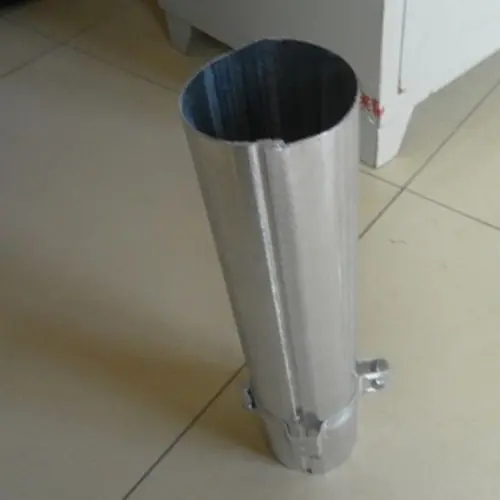
Understanding the Two-Layer Step Tile Corrugated Arc Machine
In recent years, the construction and roofing industry has experienced an innovative shift with the introduction of advanced machinery designed to enhance productivity and efficiency. One such revolutionary invention is the two-layer step tile corrugated arc machine. This sophisticated piece of equipment has changed the way roofing materials are produced, offering numerous benefits to manufacturers and end-users alike.
What is a Two-Layer Step Tile Corrugated Arc Machine?
A two-layer step tile corrugated arc machine is designed to produce roofing tiles that are aesthetically pleasing and functional. This machine is capable of producing two layers of tiles simultaneously, which helps reduce production time and costs. The tiles produced can have varying designs and profiles, allowing for creativity and diversity in roofing solutions.
The machine operates through a process of forming steel strips or sheets into desired shapes and profiles. Normally, the machine can produce traditional corrugated sheets, as well as step tiles, which resemble the appearance of conventional clay tiles but come with the durability of metal. This dual capability makes the machine particularly valuable in adapting to various market demands.
Features and Advantages
1. Efficiency in Production With its ability to run two layers at once, the two-layer step tile corrugated arc machine significantly increases production speed. This efficiency is crucial for manufacturers looking to meet high demand while minimizing labor costs.
2. Versatile Designs The versatility of the machine allows for the production of various tile designs, including different sizes and profiles. This adaptability is beneficial for clients who desire customized roofing solutions, ensuring that different architectural styles can be matched effectively.
3. Material Optimization Modern machines are equipped to use different types of raw materials, including galvanized steel and color-coated steel, providing flexibility based on client requirements. This ability also ensures that manufacturers can maximize material use and reduce waste.

4. Durability and Sustainability The steel tiles produced are not only robust but also resistant to various weather conditions, from heavy rains to extreme sunlight. This durability provides longevity to roofs, decreasing replacement frequency, thus supporting sustainability efforts in construction.
5. User-Friendly Operation Advanced two-layer machines come with intuitive interfaces that make them easy to operate. Manufacturers benefit from reduced training times for operators, enabling quicker deployment of the machinery.
6. Cost-Effectiveness By producing two layers simultaneously, the machine minimizes energy consumption and reduces overall operational costs. Coupled with lower labor requirements due to the machine’s efficiency, manufacturers can see a significant return on investment over time.
Market Trends and Future Outlook
The demand for aesthetically pleasing, durable, and economical roofing solutions continues to grow, especially in urban areas and developing nations witnessing rapid construction. The two-layer step tile corrugated arc machine stands at the forefront of this demand, providing a solution that meets both functionality and design sensibilities.
In the coming years, as technology advances, we can expect additional enhancements in machine capabilities, including automation, integration with AI for optimizing production, and further improvements in material efficiency. Such innovations will not only make production more efficient but also lead to cost savings that can be passed on to consumers.
Conclusion
The two-layer step tile corrugated arc machine represents a remarkable advancement in roofing material production technology. Its efficiency, versatility, and durability perfectly align with the evolving needs of the construction industry. As manufacturers continue to adopt such technologies, we can anticipate a shift towards more sustainable and cost-effective building practices, ensuring that our future roofs are both beautiful and resilient. This machinery not only supports industrial growth but also touches upon broader themes of sustainability and innovative design in architecture.